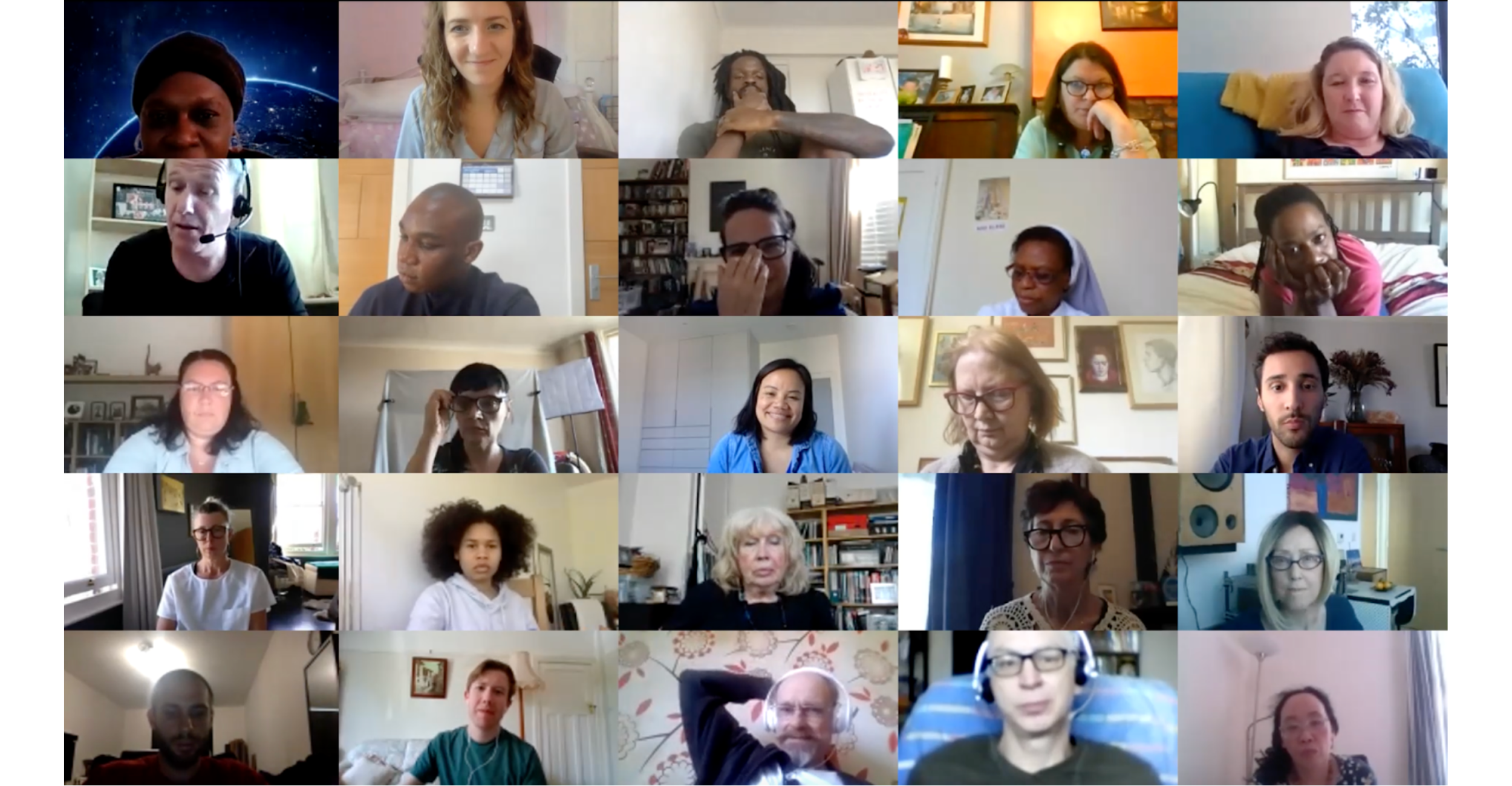Co-designing a fund for public engagement in research
What did we do:
In 2020, at the heart of the COVID crisis, TSIP worked with the British Science Association (BSA) to re-design a public engagement in research-fund which reflects the realities of people’s lived experiences around their health. At a time where health inequalities were glaringly contrasting, how the public and communities engage with health research was a contentious subject. There was an appetite to re-imagine how communities could have more power in shaping what research is done and how it is conducted – an appetite which drove the BSA and their funder Wellcome Trust to explore a different way to co-design a fund geared towards greater participation.
Why did we do it:
The aim of this project was to increase participation in research by redistributing power within the public engagement space to the communities involved in or contributing to the research itself. TSIP was brought in to facilitate this co-production process, designing a new participatory funding model whilst exploring the best ways to shift mindsets around the public’s role in research and how it can support communities, moving away from historical mistrust in this sector.
How did we do it:
The nature of the project required investing in participatory involvement during the design of the work and embedding it into the final co-designed grants programme. To do this effectively, we drew on our existing understanding of participatory models with a particular focus on deliberative democracy approaches. We drew on conversations with grant-makers around the UK and globally who have taken unique approaches to involving communities in decision-making. TSIP’s previous co-design work also played a key role in informing our approach to engagement, includingk an inclusive facilitation style, a balance of sharing information and capacity building,and an approach that embeds diverse communities at each stage of the process.
What were the outcomes:
These insights helped us to inform a cohort of 43 community members and researchers from all 4 UK nations across 6 co-design sessions, where we explored topics such as the role of public engagement and the impact of COVID-19 on engagement and interest in health research. We also looked at how to make funding decisions, what application processes should look like, and what success looks like for underserved communities.
By taking this approach, we were able to stimulate the development of relationships between our community members, the BSA and the Wellcome Trust. The already established trust between our identified community connectors and the community stakeholders was a crucial element of our success, allowing us to bring a high level of engagement to the project. Our community connectors were able to provide effective communication with community stakeholders, managed expectations and ensured that all efforts in this projects were built on a solid foundation of mutual understanding and impact. Read more about this project from their perspective here.
What was the impact:
Together with 43 community- and academic representatives, TSIP and the BSA co-designed the Ideas Fund. This fund focuses on a robust pre-grant process aimed at breaking down barriers between communities and researchers by facilitating the development and funding of collaborative research proposals targeted at communities’ real interests and questions. The Ideas Fund is now an operational grants programme run by the BSA and funded by Wellcome. The Ideas Fund enables the UK public to develop and try out ideas that address problems related to mental wellbeing.
What did we learn:
Through this work there were a few key takeaways and learnings that have informed our approach to co-producing funds within public engagement in research:
The barriers between communities and academic researchers are historic and systemic but working together as equal parts of a team bringing in unique expertise is possible. The key is a focus on relationship building from the start and throughout, with sufficient space to connect as individuals and people rather than the roles they are meant to play.
Upskilling and capacity building around research and specifically health research is essential to involving the public, as is working closely with researchers to understand how to best engage communities, avoiding jargon and other practices which might serve to further grow the gap between the two.
Being a community member and an academic researcher are not mutually exclusive – participants from communities are skilled individuals who come with their own sets of skills and capabilities. Thinking about where researchers come from and sourcing local researchers where possible can go a long way in rebuilding trust and breaking down barriers.
Starting with what communities see as their challenges and what needs to be researched before approaching researchers provides a strong re-balancing of power and ultimately improves relationships, approaches to conducting research with communities, and outcomes of the research.
Developing this process through co-production developed a way of working within BSA which lived beyond the design phase and supported a culture of learning, reflection with communities and collaboration with the public in the delivery of the fund.
Testimonials:
“I think the most brilliant thing that we did was to create that streamlined application form, which meant that the process would be productive for the community to access the fund. We also achieved a marriage between the community and research, and we came up with the criteria in order for the community to work productively with the researchers.”
- Michelle Strutt, community participant in the co-design
“I believe no individual has the answers - we have to work with others! Co-designing and creativity is about working with people and collaboration. Our life and new funds should be designed like this! It is also good for ideas to fail. That is how we grow as human beings!”
- Ade Bademosi, community participant in the co-design

